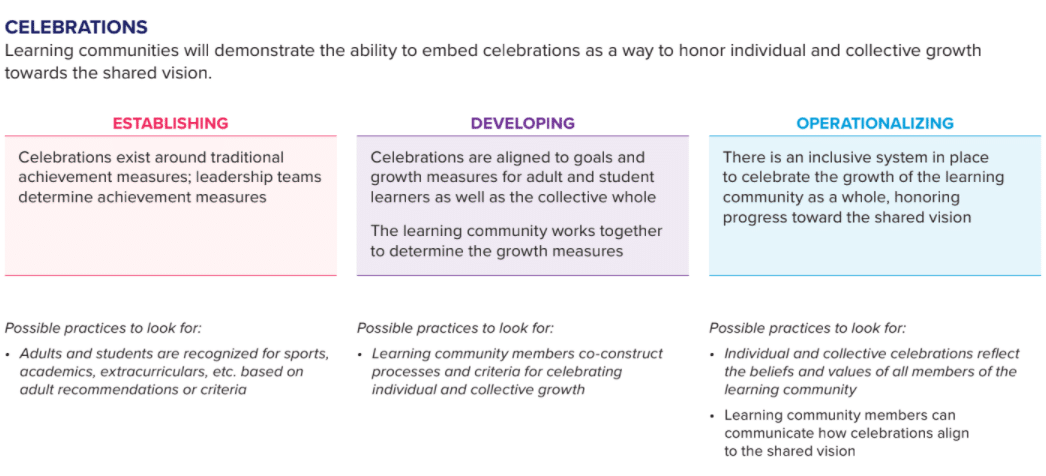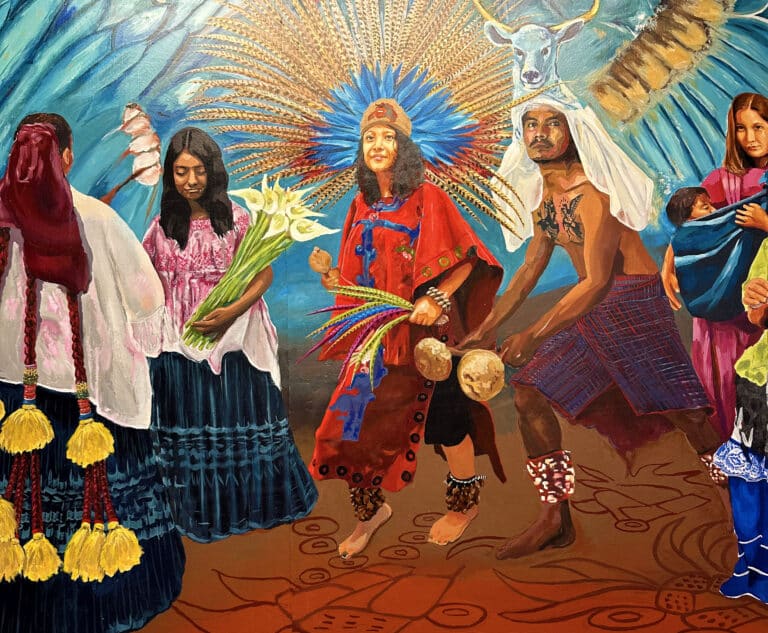“Culture eats strategy for lunch,” an idiom coined by Peter Drucker, has been so consistently used in the business world that one has to wonder why culture building is still so consistently overlooked and undervalued.
The importance of culture is not reserved for the business world, however; it extends to our school districts, buildings and classrooms. In a personalized, competency-based system, culture is built on relationships and sustained around expectations of innovative mindsets, inclusivity, celebrations of growth and continuous improvement at all levels of the system.
With the North Dakota Personalized, Competency-Based Learning initiative, we’ve practiced the critical culture-building component of celebrating. For many, this practice of intentional celebration can be the most difficult.
During a recent gathering we were asked to commit to celebrating by using a simple sentence stem:
I am [name]. I am an influencer. I want to celebrate [add celebration topic]. I am an educator who commits to celebrating [describe who/what and how]. I am a change agent that celebrates!
We were asked to it write down and then verbalize it. It was a commitment not only to celebrate but to purposefully and consistently be a change agent for good in professional and private settings where far too often we diminish the impact that positive recognition can have on individuals and the system at large.
Discover where your school district is in growing and sustaining positive culture through intentional celebrations by utilizing the rubric and set of guiding questions below, taken from our new resource, Finding Your Path: A Navigation Tool for Scaling Personalized, Competency-Based Learning.
As you’re exploring the rubric, ask yourself,
- How do celebrations reflect the values and beliefs of your learning community?
- How does the learning community ensure all students feel they are valued and that they belong?
- Are family cultures seen as an asset in the learning community? How?
Learners play a role in these intentional celebrations, as well. Asking students questions about whether they feel valued or whether they feel like they belong can be an important step to creating the positive culture we want in our classrooms. And it can help teachers recognize the skills, strengths and effort students put into their education on a daily basis.
While it may seem like a simple act, formally recognizing staff and learners and making time to acknowledge progress can have such a long-lasting and meaningful impact on growing and sustaining a positive culture. And who doesn’t love a little celebration?
To learn more about building and sustaining a culture that centers student needs, interests and passions, explore Finding Your Path: A Navigation Tool for Scaling Personalized, Competency-Based Learning.






